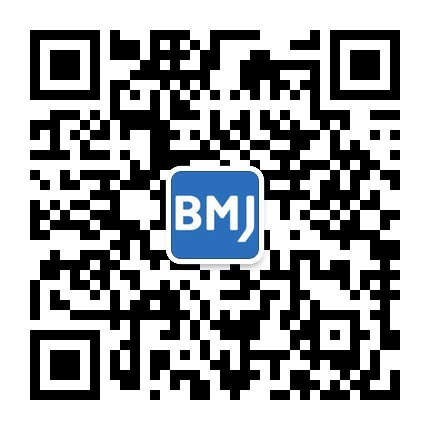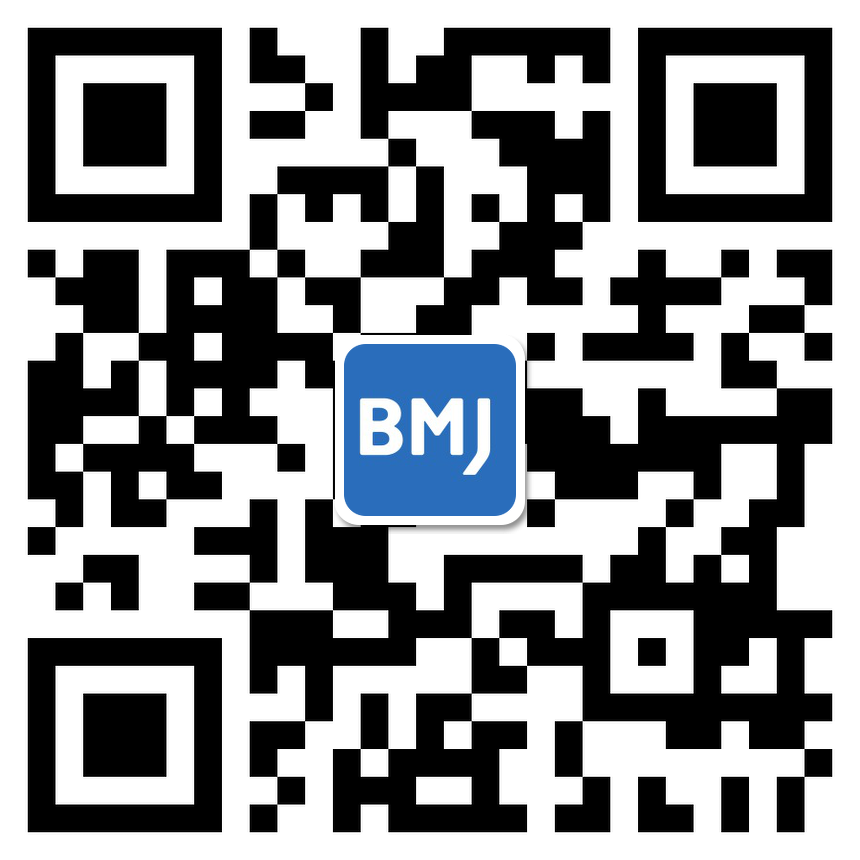内容精选
Content Selection
《英国医学杂志》 研究文章
The BMJ Research
Risk of herpes zoster after exposure to varicella to explore the exogenous boosting hypothesis: self controlled case series study using UK electronic healthcare data [以接触水痘后患带状疱疹的风险探索外源性推动假说:使用英国电子健康数据进行自控性病例系列研究]
- 分享:
BMJ 2020; 368 doi: https://doi.org/10.1136/bmj.l6987 (Published 22 January 2020)
Cite this as: BMJ 2020;368:l6987
Authors
Harriet Forbes, Ian Douglas, Adam Finn, Judith Breuer, Krishnan Bhaskaran, Liam Smeeth, Simon Packer, Sinéad M Langan, Kathryn E Mansfield, Robin Marlow, Heather Whitaker, Charlotte Warren-Gash
Abstract
Objective To assess the magnitude and duration of any hypothesised protective effect of household exposure to a child with varicella on the relative incidence of herpes zoster in adults.
Design Self controlled case series.
Setting UK general practices contributing to Clinical Practice Research Datalink.
Participants 9604 adults (≥18 years) with a diagnosis of herpes zoster (in primary care or hospital records) between 1997 and 2018, who during their observation period lived with a child (<18 years) with a diagnosis of varicella.
Main outcome measures Relative incidence of herpes zoster in the 20 years after exposure to a child with varicella in the household compared with baseline time (all other time, excluding the 60 days before exposure).
Results 6584 of the 9604 adults with herpes zoster (68.6%) were women. Median age of exposure to a child with varicella was 38.3 years (interquartile range 32.3-48.8 years) and median observation period was 14.7 (11.1-17.7) years. 4116 adults developed zoster in the baseline period, 433 in the 60 days before exposure and 5055 in the risk period. After adjustment for age, calendar time, and season, strong evidence suggested that in the two years after household exposure to a child with varicella, adults were 33% less likely to develop zoster (incidence ratio 0.67, 95% confidence interval 0.62 to 0.73) compared with baseline time. In the 10-20 years after exposure, adults were 27% less likely to develop herpes zoster (0.73, 0.62 to 0.87) compared with baseline time. A stronger boosting effect was observed among men than among women after exposure to varicella.
Conclusions The relative incidence of zoster was lower in the periods after exposure to a household contact with varicella, with modest but long lasting protective effects observed. This study suggests that exogenous boosting provides some protection from the risk of herpes zoster, but not complete immunity, as assumed by previous cost effectiveness estimates of varicella immunisation.




 京公网安备 11010502034496号
京公网安备 11010502034496号